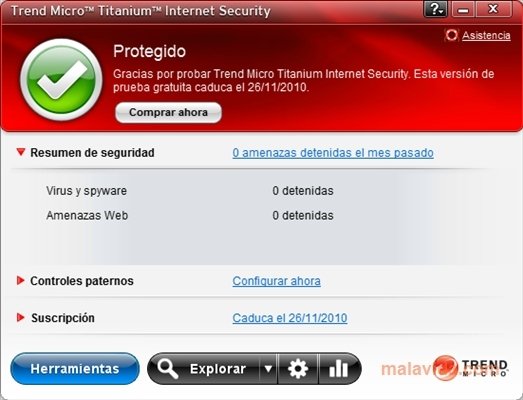

- TREND MICRO DOWNLOAD OFFLINE FULL
- TREND MICRO DOWNLOAD OFFLINE SOFTWARE
- TREND MICRO DOWNLOAD OFFLINE TRIAL
- TREND MICRO DOWNLOAD OFFLINE PC
- TREND MICRO DOWNLOAD OFFLINE OFFLINE
TREND MICRO DOWNLOAD OFFLINE FULL
TREND MICRO DOWNLOAD OFFLINE OFFLINE
Trend Micro’s malware scanner and real-time protection are excellent, and the program has some good privacy features that help improve both online and offline security. Visit Trend Micro Trend Micro Full Review
TREND MICRO DOWNLOAD OFFLINE TRIAL
It offers a free 30-day trial for all plans, and all purchases come with a 30-day money-back guarantee.
TREND MICRO DOWNLOAD OFFLINE PC
The PC optimizations don’t offer much that Microsoft and Mac can’t already do, and the VPN is one of the worst I’ve ever tested.īut while there were a few things I didn’t like, overall Trend Micro provides good, affordable malware protection in a user-friendly interface. While I like Trend Micro’s social media scanner and browser-security features, some of its extras are extremely underwhelming. Trend Micro’s additional security features include:

The malware scanner performed extremely well in my testing, catching almost all of my test malware files - without slowing down my PC. Trend Micro’s real-time antivirus scanner uses a combination of signature-based scanning and advanced machine-learning techniques to detect viruses, trojans, and worms, as well as advanced threats like ransomware, backdoor exploits, and cryptojackers.
TREND MICRO DOWNLOAD OFFLINE SOFTWARE
ZIP file, you must use file compression software like Winzip. ZIP format and should be password-protected. However, if you have reason to believe that the detected file is non-malicious, you may submit it to us. Delete it immediately, especially if it comes from an untrusted or an unknown source (e.g., a website of doubtful nature). If your Trend Micro product detects a file under this detection name, do not execute it. Such actions include sending spam with malicious links or attachments, or launching denial-of-service (DOS) attacks against any entity or organization. Remote attackers can control systems and make them perform malicious actions without user knowledge. To further compromise a system’s security, these Trojans also download or drop other malware, and access URLs to send and receive commands from a remote attacker. Users are not able to access their systems or files unless they pay ransom. Trojans like RANSOMWARE can lock up files and systems, supposedly holding them captive. FAKEAV, for example, is a notorious malware family that displays phony alerts and scanning results to scare users into buying fake antivirus software. Some Trojans, coupled with social engineering techniques, are also capable of tricking users to do other activities. They can sell this information in the cybercriminal underground or use it to launch other attacks such as phishing. Now, cybercriminals use Trojans to gain profit by stealing user data like banking credentials and personal identifiable information (PII). Historically, people used Trojans to either further their research or gain notoriety.

Trojans are a general malware classification for malicious files, applications, or programs commonly downloaded from the Internet. This is the Trend Micro generic detection for files exhibiting suspicious behavior that may cause harm to systems.


 0 kommentar(er)
0 kommentar(er)
